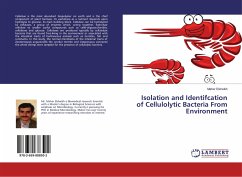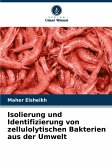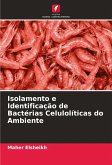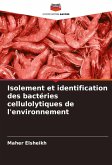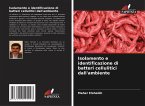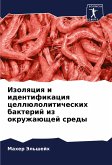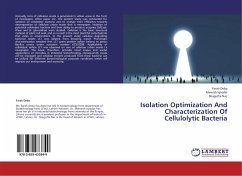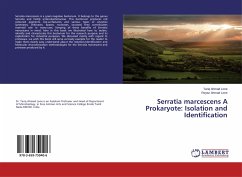Cellulose is the most abundant biopolymer on earth and is the chief component of plant biomass. Its usefulness as a nutrient depends upon hydrolysis to glucose, its main building block. Cellulose can be hydrolyzed by cellulases, a group of enzymes which, acting together, hydrolyze cellulose to smaller useful compounds such as cello-oligosaccharides, cellobiose and glucose. Cellulases are produced typically by cellulolytic bacteria that are found free-living in the environment or associated with the intestinal tracts of herbivorous animals such as termites, fish and ruminants. In this study, the normal microbiota of the intestinal tracts of Zootermopsis angusticollis the worker termite and Litopenaeus vannamei the white shrimp were sampled for the presence of cellulolytic bacteria.
Bitte wählen Sie Ihr Anliegen aus.
Rechnungen
Retourenschein anfordern
Bestellstatus
Storno

